Learn All About this Clinically-Proven Integrated Interbody Spinal Fusion Solution
Watch the Videoabout STALIF®
STALIF is an Integrated Interbody fusion platform that offers a surgical treatment proven to restore spinal balance, recreate spinal alignment and stability, and accelerate the return to normal activities.
Centinel Spine was the first company in the world to offer Integrated Interbody (a.k.a. Stand-Alone) fusion devices, and has a long clinical history in providing fusion solutions that conform to patient anatomy and capitalize on the body’s ability to heal itself.
Available devices include:
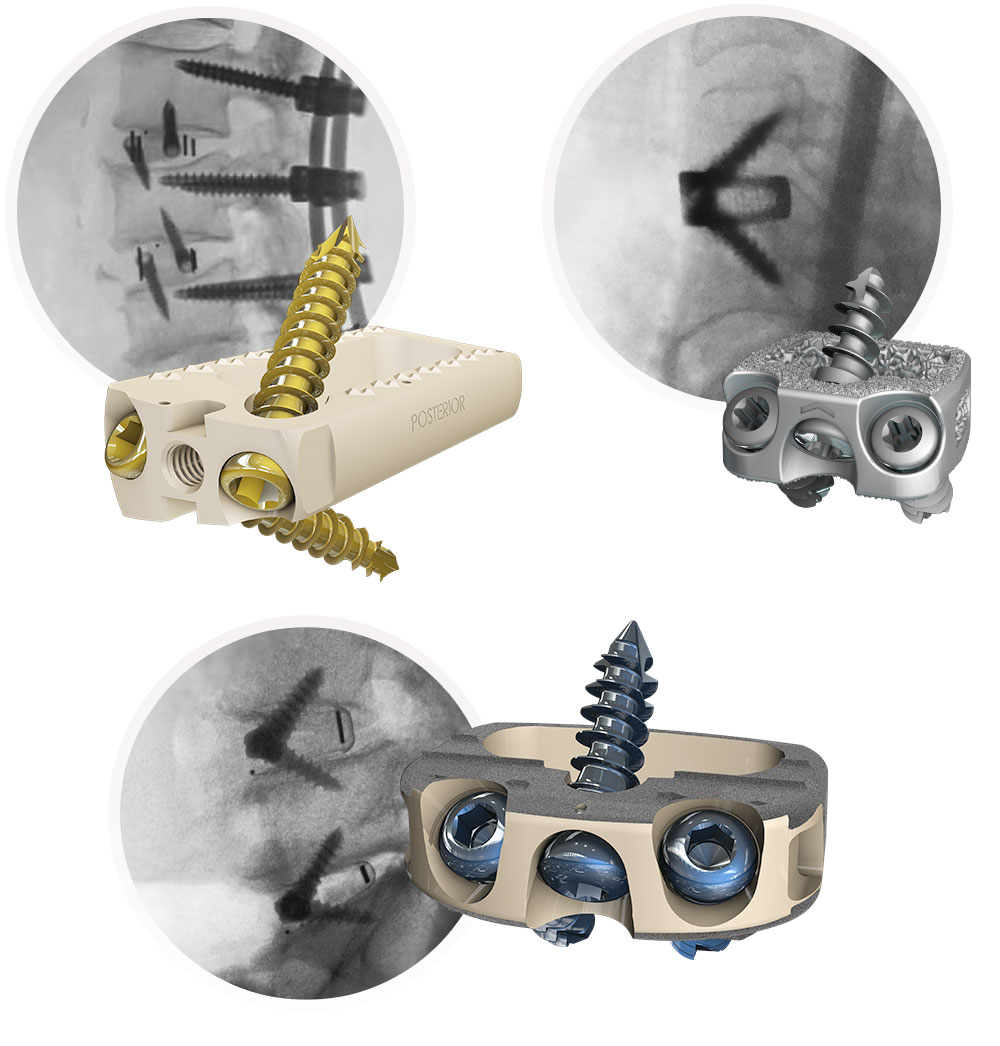
Learn More About the FLX™ 3D-Printed, Porous Titanium Material Technology Option for STALIF and ACTILIF Devices
Watch the VideoSTALIF usage
The 1st implantation of a STALIF device took place in 1988. Since the very first device was implanted until now, Centinel Spine has continued to innovate and improve upon its original STALIF design, with state-of-the-art solutions now existing in multiple material options and device sizes to best suit each patient’s unique needs.
The STALIF line of Integrated Interbody fusion implants are the longest implanted line of Integrated Interbody devices in the world.
30+
30+ Year Clinical History with Worldwide Usage
Unparalleled clinical & biomechanical data, with average fusion rates of 92-95% 1,2,3
More than 66,000 device implantations and a reported reoperation rate of less than 1%
STALIF studies
With a clinical heritage of more than 30 years, STALIF has been extensively studied.
After multiple published studies, the clinical & biomechanical data for STALIF strongly supports its safety and effectiveness. Here are just a few key takeaways from these numerous studies:
Better than or comparable to reported rates using traditional plate & cage constructs 1,2,3
Lower instances of adjacent segment degeneration and an 85% reduction in reported instances of dysphagia vs traditional plate & cage constructs 4
No Profile STALIF devices are a safe alternative to rigid anterior plating for 1 or 2 level cervical fusion procedures and STALIF lumbar devices with 3-screw fixation provide equivalent motion restriction to a construct with an anterior non-integrated cage & posterior pedicle screw fixation
STALIF design
STALIF technology incorporates a proven design rationale based on AO principles of fracture fixation and Wolff’s Law of Bone Healing.
Wolff’s Law of Bone Healing states that bone grows where load is applied. That is why STALIF devices utilize specially designed screws that pull the spinal bones at the fusion site down to the device, in what is known as a "lag effect"—providing an active load to aid in the healing process.
Above: The Lag Effect is demonstrated.
STALIF devices are also designed to conform to patient anatomy. They come in a variety of sizes, heights, angles, and materials to fit each patient’s needs and offer the best chance of successful outcomes.
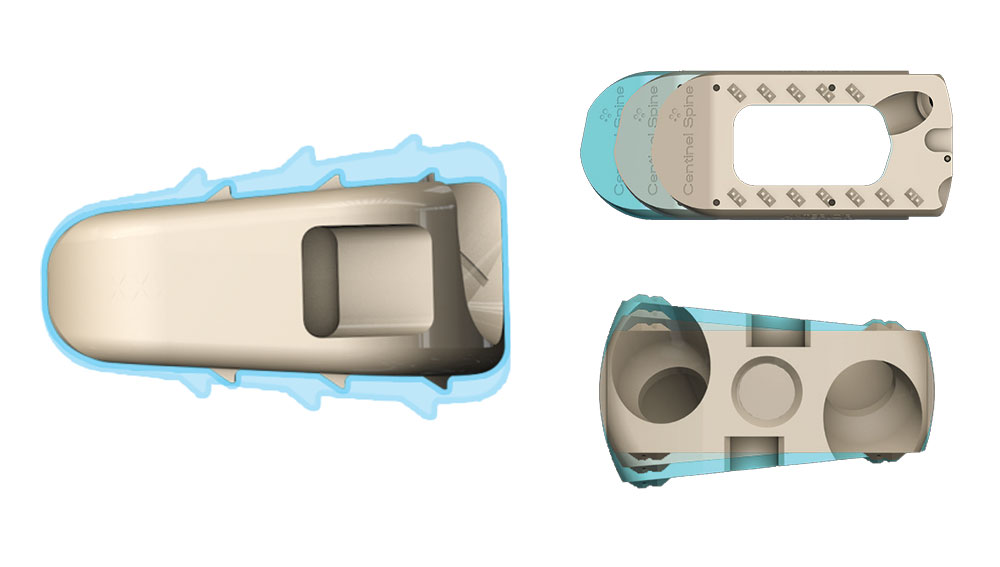
STALIF objectives
STALIF was developed with several specific patient care objectives in mind:
STALIF devices are designed to conform to patient anatomy. They come in a variety of sizes, heights, and angles to fit each patient’s needs, so that spinal curvature, height, and alignment can be restored, offering the best chance for successful outcomes.
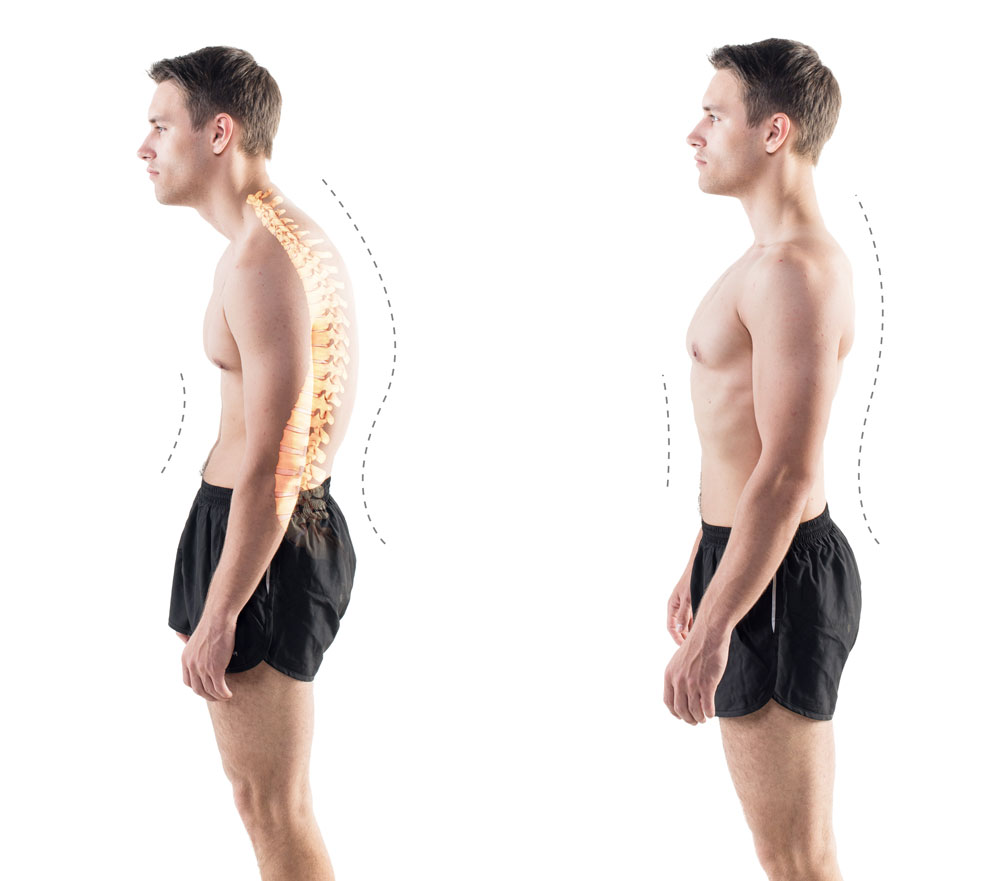
STALIF devices come in a variety of material options to enhance opportunities for fusion based on patient specific needs. Some STALIF implants incorporate materials, such as titanium, that are known to be cell-friendly and attract bone cells. They also have very large cavities that allow for a large amount of bone to form between the vertebral bodies to make a solid fusion. Combining these features with the compressive design and the ability to pick an implant that fits each patient’s anatomy optimally enhances opportunities for successful fusion outcomes.
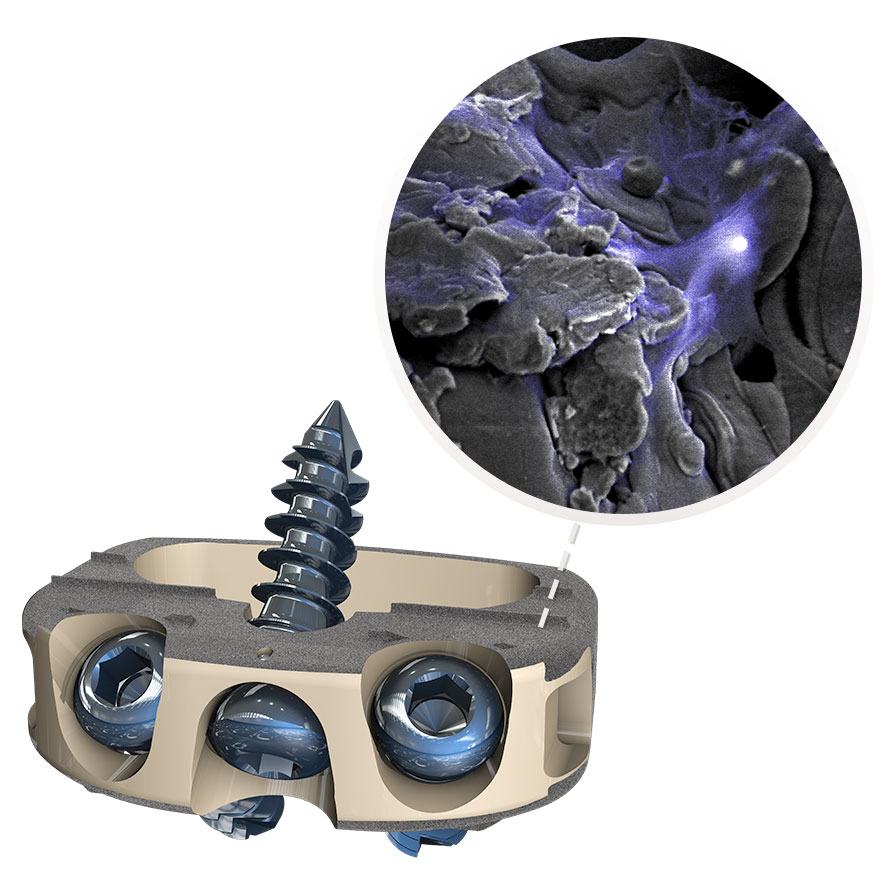
Degenerative disc disease can be very painful, and recovery from spinal surgery can take time. Special care has been taken to design STALIF devices to minimize the recovery associated with the procedure. STALIF devices are implanted from the front (anterior) of the body, going in through either the abdomen (ALIF), side (LLIF), or throat (ACDF), so stabilizing spinal muscles and bony elements are not disturbed. Studies have shown that compared to more invasive fusion procedures that approach the spine by going in through the back (posterior), patients who receive fusions from anterior approaches have shorter hospital stays (1-3 days vs. 3-6 days), mobilize more quickly (many patients are walking the same day they have surgery), and lose much less blood during the procedure.
STALIF devices are also designed to be fully contained within the anatomy of the spinal bones, so the risks of post-operative complications associated with other body anatomy, such as difficulty swallowing (dysphagia), are minimized.

more about STALIF
For more information about STALIF see our corporate website.
TO THE CORPORATE WEBSITE
1 Elshihabi, Said, “A Retrospective Clinical and Fusion Analysis of the Device with Stem-Cell Derivative Bone Graft Material”, Presented at The Southern Neurosurgical Society’s 66th Annual Meeting, Naples, FL., March 2015.
2 Lane, Paul, et al., “Early Radiographic and Clinical Outcomes Study Evaluating an Integrated Screw and Interbody Spacer for One- and Two-Level ACDF”, The International Journal of Spine Surgery, 9(39). CI: 10.14444/2039.2015.
3 Vokshoor, Amir, et al., “Retrospective Clinical Outcome Study Evaluating the Efficacy of the Stand-Alone Cervical Device in Anterior Cervical Discectomy and Fusion”, Presented at The ISASS 15th Annuas Conference, San Diego, CA., April 2015.
4From STALIF C Clinical Compendium, Section 6
a STALIF alternative
STALIF technology may not be suitable for all cervical fusion patients. In some situations, the use of a non-integrated interbody device may be needed. The ACTILIF C Portfolio of non-integrated interbody devices is proven to be a viable option.
ACTILIF C is a non-integrated anterior fusion device for the upper (cervical) spine (C2-T1) that is used in conjunction with a supplemental fixation option, such as a cervical plate, available in 2 material options (PEEK and FLX).
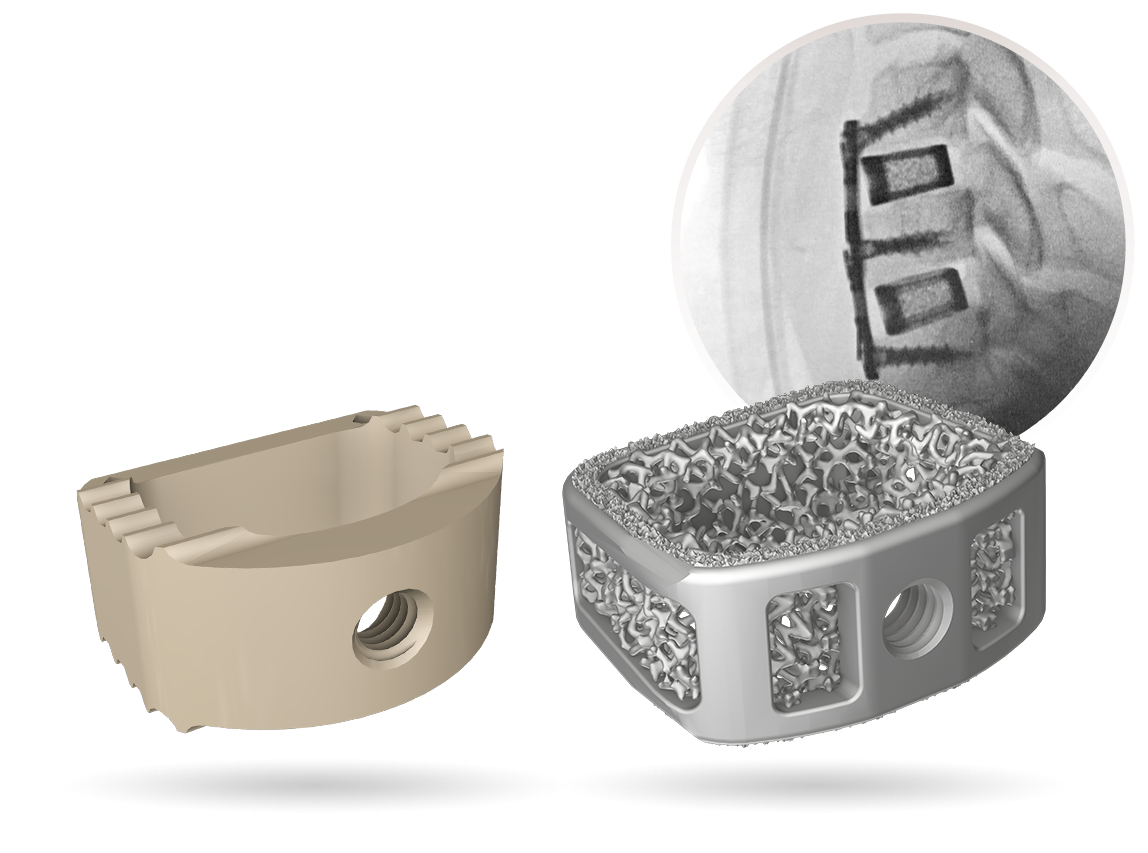
EDUCATIONAL development
Centinel Spine offers a variety of educational programs tailored to meet the diverse training needs of physicians. Hands-on Bioskills Courses, Peer-to-Peer Webinars, and OR Surgical Observations have been designed to review patient selection, surgical technique and tips, post-operative care, and other related topics. These programs can be customized to individual physician needs, providing varied levels of support to surgeons.
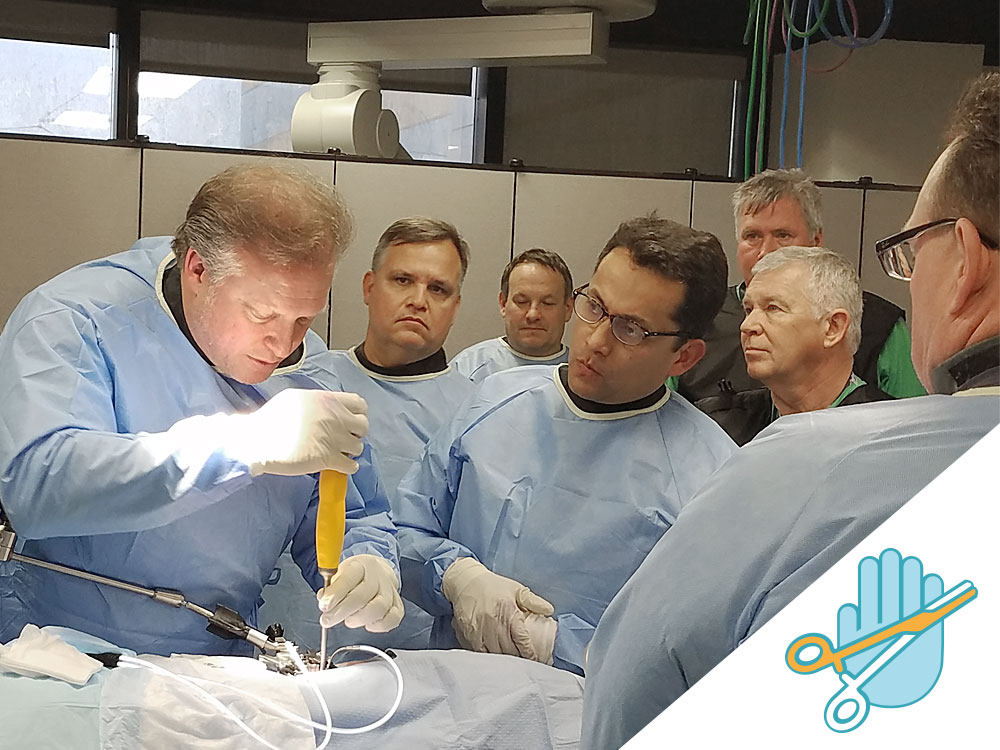
About our
Hands-on Bioskills Courses
These courses provide surgeons with an educational experience focused on patient selection, surgical technique, strategies, and solutions for addressing specific spinal pathologies. The course format includes lectures, case discussions with expert faculty, and a bioskills lab.
The curriculum covers biomechanical considerations, indications and patient selection, surgical technique, tips and tricks, post-operative care, and best practices.
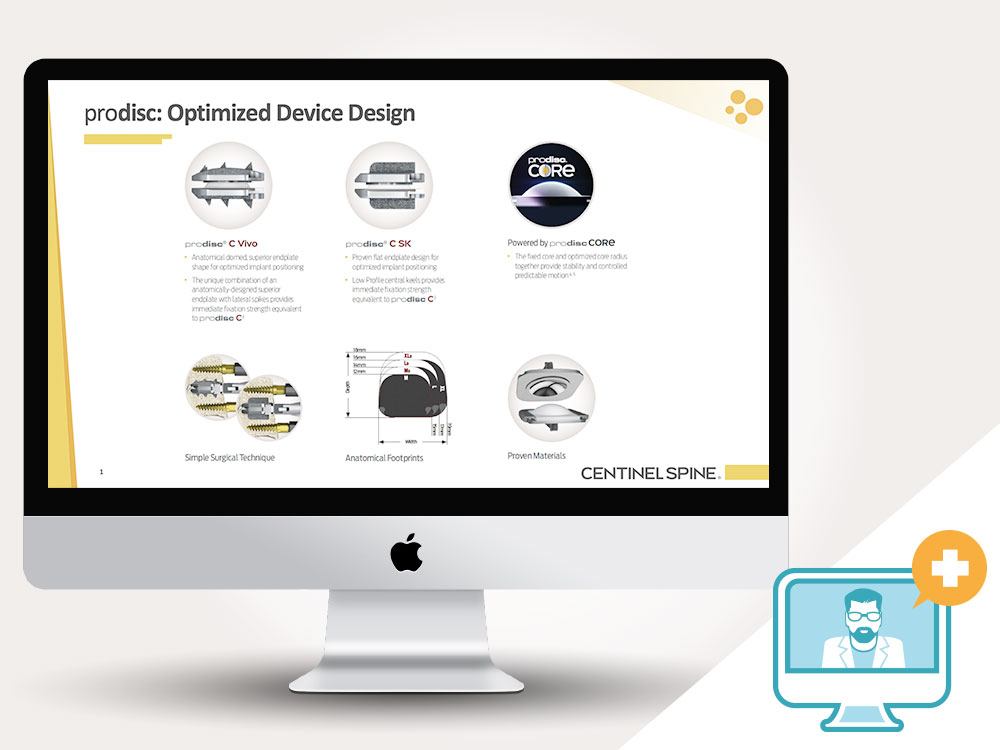
About our
Peer-to-Peer Webinars
Centinel Spine’s live streaming webinars provide a convenient way for physicians to learn from experts in motion preservation discussing specific treatments, techniques, and strategies for patient care.
Our interactive webinars allow participants to pose questions, receive answers, and exchange ideas in real-time with their surgeon peers from the comfort of their homes or offices.

About our
Surgical Observations
Surgical Observations are a surgical technique training and continuing education program that exposes surgeons to the technical procedures and skills required for anterior column surgery, through a combination of case discussions and viewing live surgery.
Surgeon OR Visitations are offered at Centinel Spine experienced faculty locations, where key thought leaders in spine educate with a focus on the anterior spinal column.
Watch this short primer on Centinel Spine and its unique and extraordinary place as a catalyst of change in the spine industry—with pioneering technologies and a clinical history that have led to successes ranging from PGA champions to a growing list of surgeon-patients.
Watch the Video